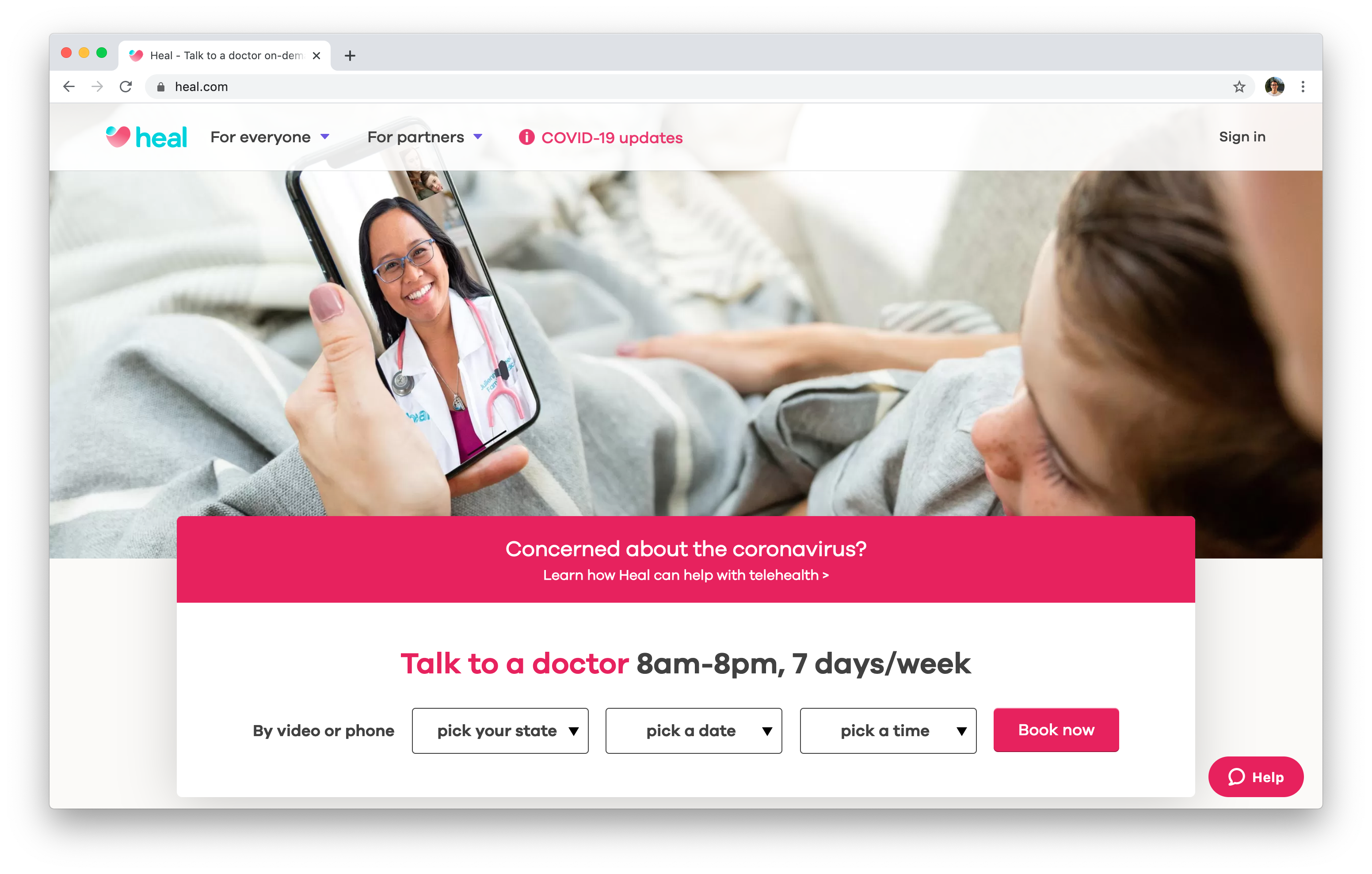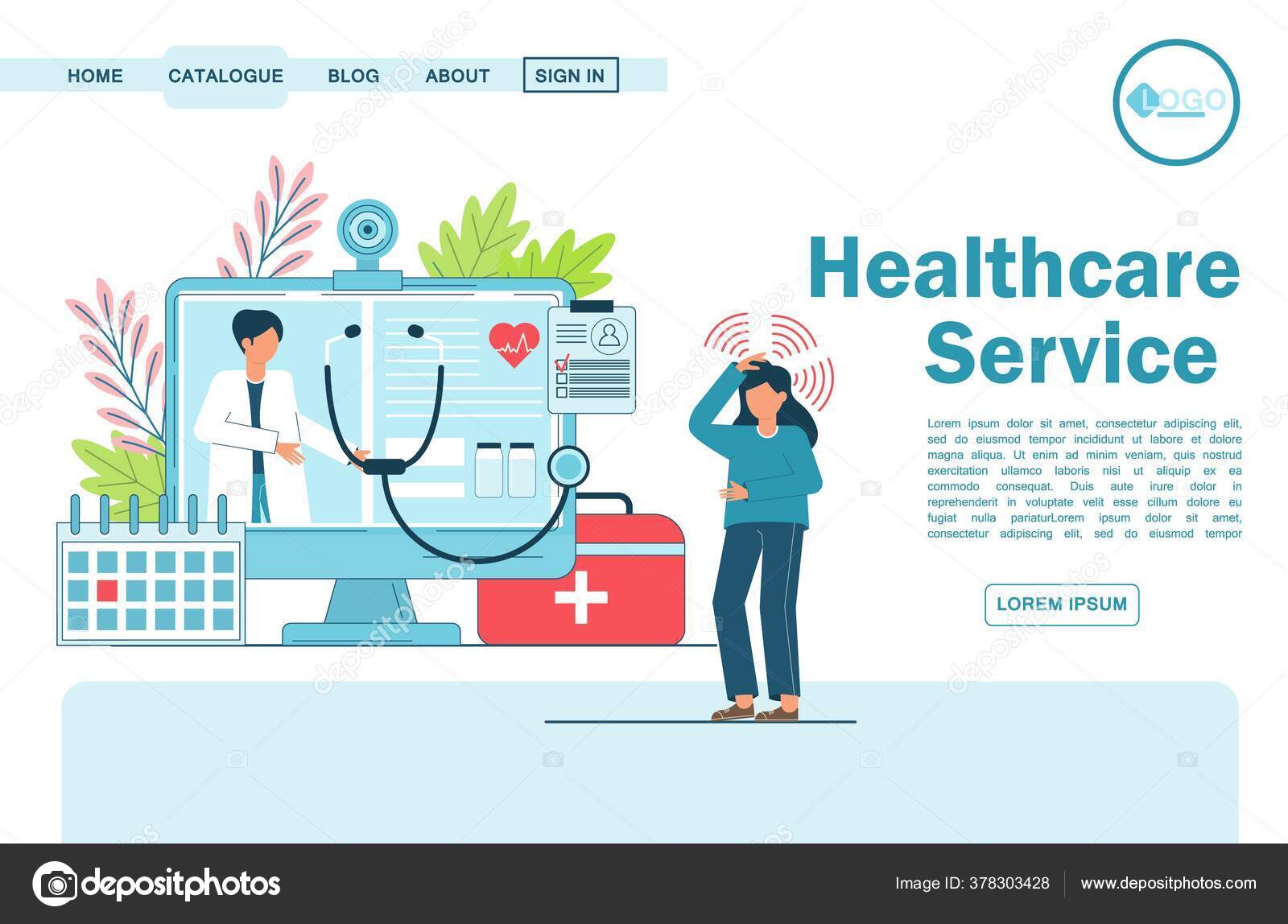Exploring the Growth of Subscription Based Healthcare in the Digital Age
Exploring the Growth of Subscription Based Healthcare in the Digital Age
Blog Article
Comprehending the Cost-Effectiveness of Subscription-Based Healthcare Models
As the medical care landscape evolves, subscription-based designs become an engaging alternative, guaranteeing to redefine just how individuals handle clinical expenditures. Evaluating these designs' cost-effectiveness demands a nuanced contrast with standard insurance coverage, taking into consideration both monetary ramifications and person satisfaction. While they offer transparency and predictability in expenses, concerns continue to be concerning their capacity to meet diverse healthcare requirements, particularly for specialized therapies. The point of views of doctor even more complicate this equation, providing a diverse difficulty. What does the future hold for these designs, and can they really provide on their pledge of easily accessible, economical care?
Review of Subscription-Based Versions
Subscription-based health care designs, sometimes described as straight health care or concierge medication, are significantly getting interest as a potential remedy to inadequacies within typical health care systems. These models operate the principle of offering patients straight accessibility to doctor through a annual or monthly cost, bypassing the demand for conventional insurance devices. This plan intends to improve patient-provider communications by lowering administrative worries, which typically hinder tailored and timely treatment.
At the core of subscription-based models is the focus on a more tailored client experience. People take advantage of boosted access to their medical professionals, typically consisting of next-day or same-day appointments, prolonged assessment times, and straight communication channels such as phone or video clip calls. This version fosters an aggressive technique to healthcare, where suppliers and individuals can collaboratively focus on preventative care and persistent condition management.

Cost Comparison With Standard Insurance Policy

Among the key economic benefits of registration versions is openness in prices. Individuals pay a foreseeable charge, which can streamline budgeting and monetary planning. Furthermore, these models usually get rid of co-pays and deductibles for covered services, decreasing out-of-pocket spending. Conversely, traditional insurance policy might be a lot more helpful for people needing specialized care or expensive therapies not covered under a membership design, as they gain from the more comprehensive protection network and cost-sharing mechanisms.
Nevertheless, cost-effectiveness is context-dependent. While registration models might use cost savings for those mainly needing medical care, individuals with chronic problems or specialized medical care demands could discover traditional insurance coverage more detailed. Reviewing specific healthcare demands and possible use is essential in figuring out the most cost-efficient option for individuals.
Effect on Individual Satisfaction
Client fulfillment within subscription-based medical care versions often reflects a significant improvement over conventional insurance coverage systems. This improvement is mostly credited to the individualized treatment and access these versions supply. People regularly report greater contentment as a result of lowered delay times and the convenience of organizing visits. Unlike standard systems, where individuals may experience delays in receiving care, subscription-based versions make certain even more straight and timely communications with doctor.
Additionally, the transparency in prices related to subscription-based healthcare alleviates the usual disappointments associated with unanticipated charges and intricate invoicing processes seen in typical insurance coverage (subscription based healthcare). Clients value knowing the specific monetary dedication upfront, causing increased depend on and confidence in their medical care administration
Furthermore, the focus on precautionary treatment and wellness in membership versions adds to boosted health results, further improving patient fulfillment. By focusing on continuous health care instead of episodic treatment, people experience a more constant and all natural health care trip.
Furthermore, the improved provider-patient partnership promoted in these versions, defined by even more time invested per client and tailored attention, plays an important role in boosting person complete satisfaction levels, as people really feel genuinely looked after and recognized.
copyright Perspectives and Experiences
From the service provider's viewpoint, subscription-based health care models use a transformative approach to providing medical services. These designs highlight a preventative and positive health care method, enabling suppliers to concentrate on thorough person treatment without the restrictions of standard fee-for-service plans (subscription based healthcare). This shift in focus often results in boosted person end results and boosted supplier fulfillment, as health care professionals can allocate even more time and sources to client engagement and individualized treatment plans
Moreover, registration designs help with predictable earnings streams, which improve financial security for doctor. This predictability allows for boosted source planning and appropriation, contributing to a more reliable healthcare distribution system. Suppliers can buy team modern technology, training, and facilities improvements, consequently enhancing the high quality of treatment provided.
Nonetheless, this link the transition to subscription-based versions is not without challenges. Suppliers must adjust to brand-new operational structures, which can entail significant modifications in billing methods and person management systems. Furthermore, there is an integral need for durable information management to track client end results and ensure quality treatment. Regardless of these hurdles, numerous carriers find that the benefits of enhanced person communication and streamlined operations exceed the preliminary obstacles, making subscription-based versions an attractive option.
Future Prospects and Challenges

A key difficulty is regulatory conformity, as membership models have to adhere to evolving medical care policies and insurance demands. This necessitates continual adaptation and technology to make sure alignment with lawful standards. In addition, integrating these versions into existing medical go to my site care facilities can be intricate, needing substantial investments in modern technology and training.
There is likewise the possible risk of developing inequities in health care access, as membership versions might prefer those that can afford them, leaving prone populations underserved. Addressing this calls for thoughtful consideration of prices approaches and subsidy systems to make certain inclusivity.
Final Thought
Subscription-based medical care models offer a viable alternative to traditional insurance by offering financial predictability and openness, specifically profiting people with persistent conditions or regular health care needs. The cost-effectiveness of these models is contingent upon individual medical care use patterns and scenarios.
Subscription-based health care designs, in some cases referred to as direct primary treatment or attendant medicine, are increasingly gaining focus as a possible option to ineffectiveness within traditional medical care systems. Unlike typical systems, where individuals may experience delays in obtaining care, subscription-based models make certain even more prompt and direct communications with health care companies.
These models stress a positive and preventative medical care technique, allowing carriers to focus on comprehensive person care without the restraints of standard fee-for-service arrangements. As these versions continue to get traction, they supply the potential to change individual accessibility to care, enhance solution shipment, and maximize health care investing.Subscription-based healthcare versions present a feasible alternative to standard insurance policy by providing economic predictability and transparency, especially profiting individuals with persistent problems or frequent medical care needs.
Report this page